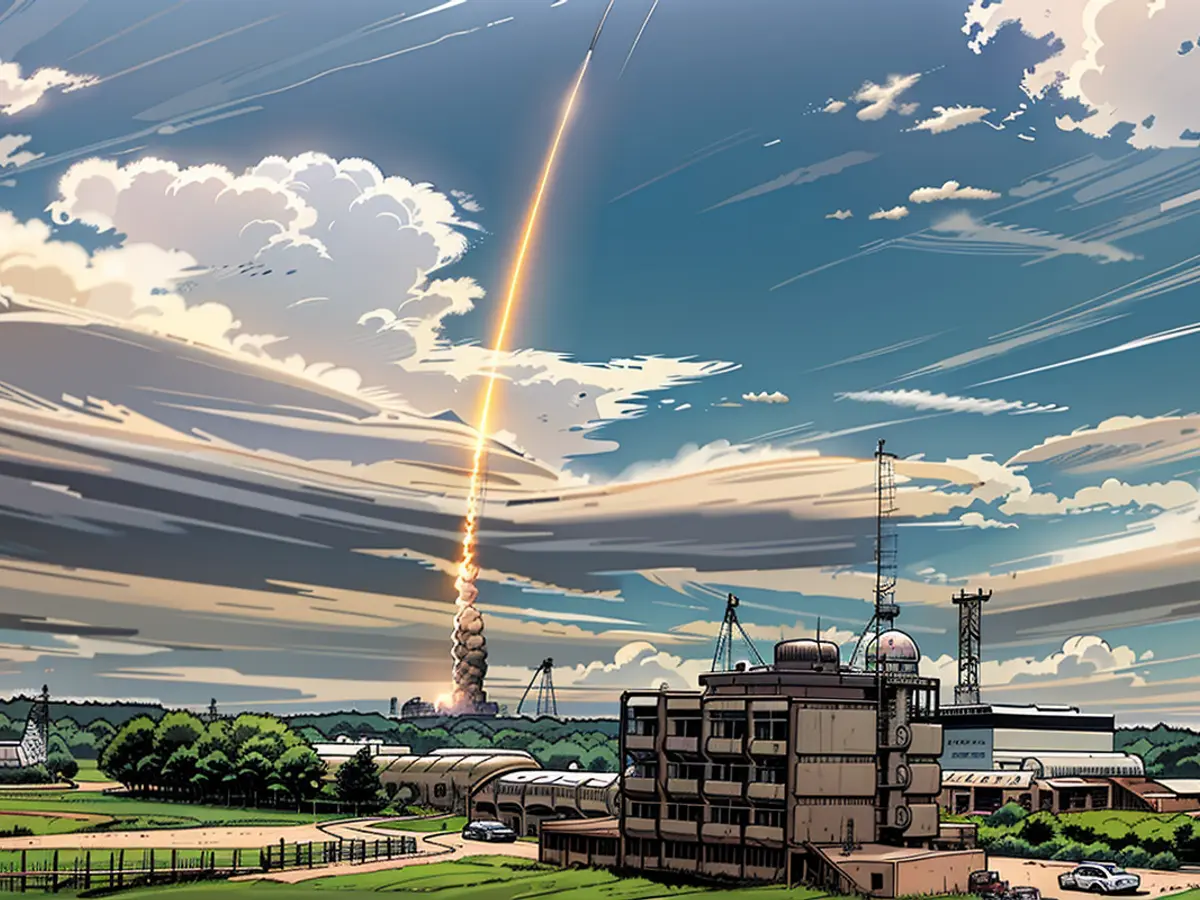Four-billion-euro project: Ariane 6 successfully launched into space
You are here to help Europe's space industry out of crisis. In French Guiana, Ariane 6 is set to make its maiden voyage to space. In the future, this carrier rocket is intended to put satellites into orbit.
Four years later than originally planned, Europe's new carrier rocket has taken off for the first time. Ariane 6 lifted off at 16.00 local time (21.00 CET) from the European Spaceport in Kourou, French Guiana, for its maiden flight. The rocket is intended to promote satellites for commercial and public clients into space and thus help pull Europe's space industry out of crisis.
At its first launch, which was delayed by an hour due to a "small problem" on the ground, the new rocket carried nearly 20 passengers: micro-satellites from universities and scientific experiments, including some from Germany. The predecessor model Ariane 5 last flew in June of the previous year. Since then, Europeans have not been able to launch satellites independently.
For the head of the European Space Agency, Josef Aschbacher, the Ariane 6 marks a new era of autonomous and versatile space travel. The rocket can deliver satellites to various orbits. It can be equipped with two or four boosters and can launch geostationary satellites with a total weight of 11.5 tons into space. For satellites in lower Earth orbit, a total weight of up to 21.6 tons is possible.
The ESA plans to use the rocket, which was originally scheduled to fly in space as early as 2020, for at least the first half of the 2030s. The Ariane 6 is expected to make its first commercial launch before the end of the year. Among the ESA countries, Germany is the second most significant contributor to the project, which costs around four billion euros, with approximately 20 percent of the funding. The upper stage of the rocket is being assembled at the Bremen facility of the space consortium ArianeGroup. The main stage is being built in the French town of Les Mureaux.
Since the last Ariane 5 took off from Earth almost exactly a year ago, the ESA had no longer had its own transporters to launch large satellites into space. Problems also arose with lighter satellites: The Vega C failed in its first commercial launch in December 2022, and no further attempts were made. It is scheduled to fly again in mid-November.
The successful launch of Ariane 6 is a significant step towards revitalizing Europe's space industry, as outlined by the ESA. This versatile rocket, developed by the European Spaceport in Kourou, can facilitate the placement of satellites into various orbits, benefiting both commercial and educational sectors.







